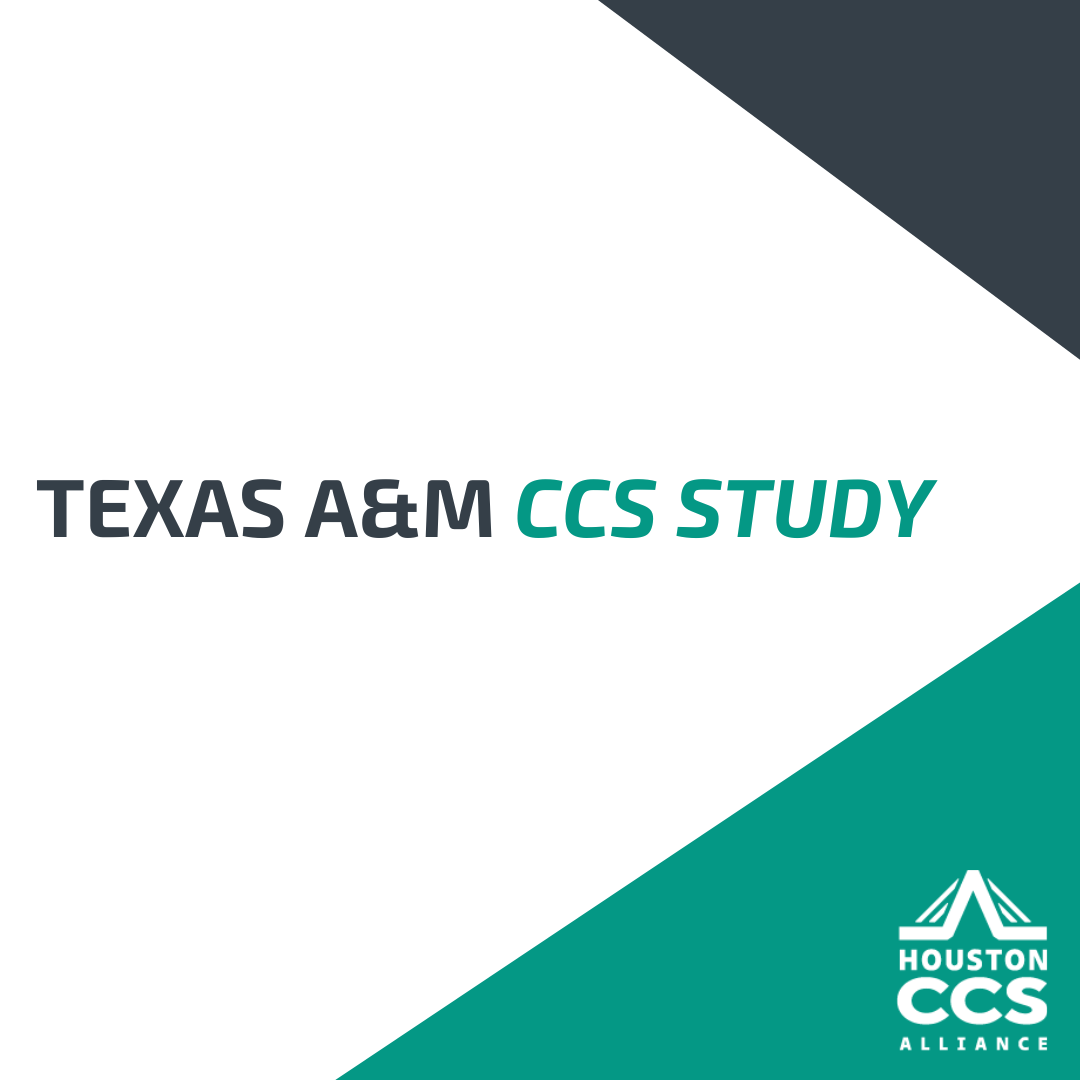CCS Has Clear Environmental Benefits, Low Safety Risks, Says TAMU Study
Texas has been a global leader in the development of carbon capture and storage technology for more than 50 years, and it is well understood by our state’s experienced academic partners, regulators, and energy workforce. With the extensive growth of CCS projects across Texas, new research led by Texas A&M University (TAMU) offers a timely and rigorous assessment of the safety and efficacy of CCS and what it could mean for Texans. The report shows how CCS can reduce pollution, protect public health, and support jobs in energy and manufacturing—especially in areas like Houston and the greater Gulf Coast.
The study was supported by the Houston Energy Transition Initiative (HETI) and the Houston CCS Alliance. While the science can seem complex, Texans can feel confident that CCS is a safe and proven technology that will improve our state’s energy industry.
Here’s why this matters for Houston and the Gulf Coast:
CCS Improves Air Quality
Carbon capture and storage does more than reduce carbon emissions. It can also reduce other elements that impact people’s health. When used at manufacturing facilities, CCS means cleaner air for families, especially children and seniors.
- From the Study: “Deploying CO2 capture systems has clear environmental benefits. On average, current technologies can capture around 90% of CO₂ emissions from industrial sources, [and] help reduce pollutants (e.g., particulate matter (PM), sulfur oxides (SOx), and nitrogen oxides (NOx).
CCS is Safe and Well-Monitored
Carbon storage sites undergo a thorough planning and approval process to ensure they are safe for any nearby communities. The Texas A&M study found that potential issues are highly unlikely due to our robust understanding of how to safely store carbon deep underground. Experts used detailed mapping and monitoring tools to carefully choose storage sites and track activity around-the-clock before, during, and after carbon dioxide is stored.
- From the Study: Key safety concerns about CO₂ sequestration, including CO₂ leakage through faults and fractures, legacy wells, induced seismicity, and caprock seal failure at permanent sequestration sites, were found to present a low probability of occurrence. There are control, monitoring, and management measures available to effectively mitigate these risks as required by the U.S. Environmental Protection Agency (EPA) or state regulatory authority.
Strict Rules Help Keep Everything Safe
Permitting requirements for Class VI wells, which cover carbon injection and storage, are the most stringently regulated well type. Before a site can store CO₂, regulators require companies to follow important safety steps, including choosing the right location, building safe wells, and keeping track of how the CO₂ is stored.
- From the Study: The Pipeline and Hazardous Materials Safety Administration (PHMSA) enforces strict design, monitoring, and maintenance standards, including regular inspections, corrosion-resistant materials, and emergency response protocols to ensure safe and reliable CO₂
- From the Study: Owners or operators are required to meet U.S. EPA requirements on strict site selection procedures, continuous monitoring/reporting during site selection, well construction, injection operation, and post-injection to ensure safe management.
CCS is Safe, Tested, and Ready
This latest research by Texas A&M confirms that carbon capture and storage (CCS) is a safe, well-regulated technology that can help reduce emissions while supporting industrial growth and long-term energy resilience. CCS provides a practical way to modernize industries without losing what makes this economy strong. Cleaner air, healthier communities, and continued economic leadership can go hand in hand. By investing in CCS and following the rigorous safety and oversight standards identified in this study, Texas has the opportunity to lead the next generation of energy and manufacturing infrastructure that supports both public health and industrial innovation.
Want to Learn More?
You can read the full study here for more details.








